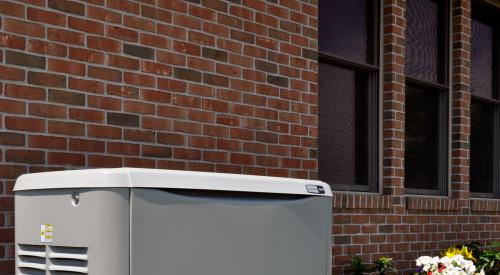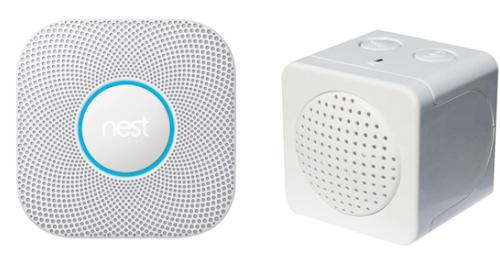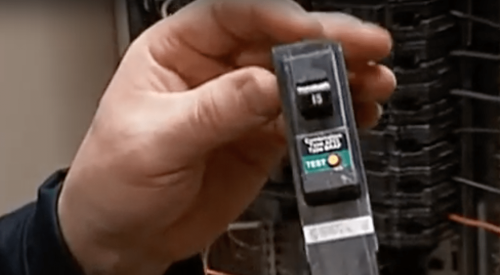| Whole-house surge-protection devices can prevent damage to electronic equipment from external power surges of up to 20,000 volts.
|
Twenty million Americans work at home at least one day a week, according to the Bureau of Labor Statistics. Blackouts, overloaded circuits, power surges and computer hackers are just some of the vulnerabilities that builders can circumvent.
Data protection: Hackers often enter company networks via relatively porous telecommuter connections. This is particularly true for homeowners who use always-on DSL and cable modem connections. Even virtual private networks (VPNs) are vulnerable. The solution is to offer hardware-based firewalls that keep a computer's Internet address hidden. Some manufacturers make routers that can be embedded in a wall jack.
Power surges: Two built-in options can protect printers, computers and sophisticated telephone equipment. The first is surge-protected "quad receptacles" installed in place of standard electrical receptacles. The second option is more robust - a whole-house surge protector mounted next to the electrical panel. Homes in regions prone to lightning strikes are good candidates for whole-house protection. More common are surges generated by refrigerators and air conditioners.
Power outages: Uninterruptible power supply (UPS) systems allow time for a proper computer shutdown when power goes out. They also protect valuable equipment by smoothing out electrical current before it hits a motherboard.
Electrical contractors can provide pricing for each option, including running a dedicated circuit to avoid overload.










